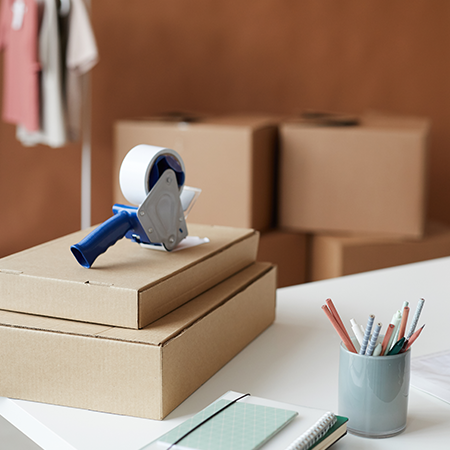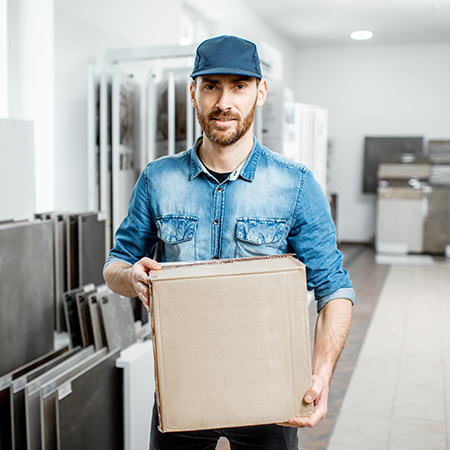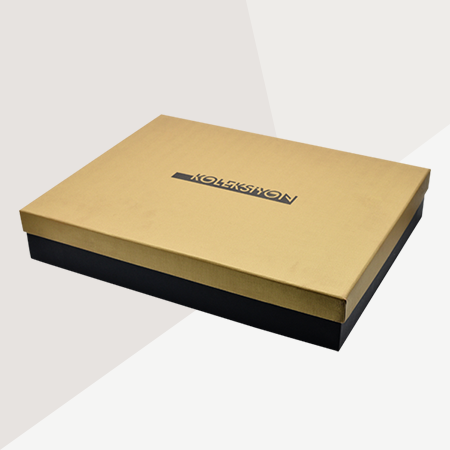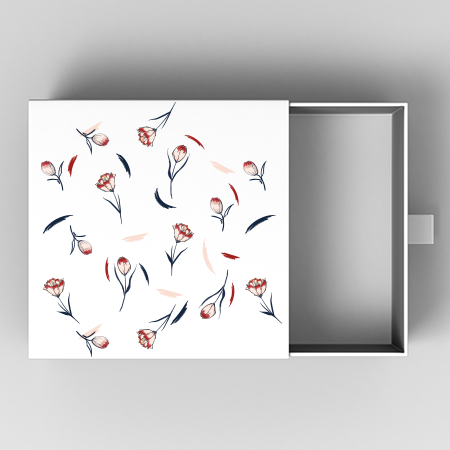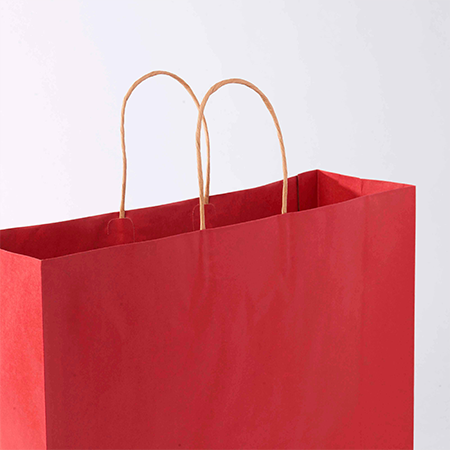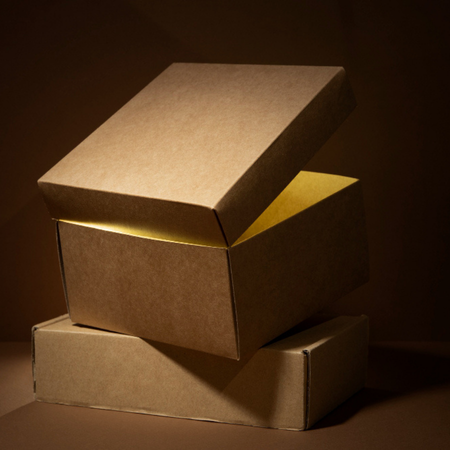A structured packaging design is an extremely effective way to make your packaging and product stand out from your competitors. However, not all structural packaging designs are of the same quality. So, what distinguishes a good structural packaging design from others? The answer is that there are several important steps that packaging designers must take beforehand for their packaging design to be successful and fulfill its mission.
OBJECTIVES AND STRATEGY
Before you start designing your structured packaging. It's important to define your packaging project's goals and strategy. Is your packaging created to show your brand as high-end and exclusive? Will you use your packaging to get your brand to be seen as an innovator in your industry? Or maybe the purpose of your packaging is to be the first product noticed on the shelf? Working closely with your printing and packaging partners, you must ensure that every aspect of your packaging is consistent with one another. Thus, you will make your packaging more effective. Packaging that doesn't convey a real goal or strategy isn't that strong. Inconsistent packaging can cause consumers to be confused as to what your brand is about, or cause consumers to ignore your product on the shelves.
CONCEPT AND DESIGN
It's no wonder why the idiom “Two heads are better than one" is so popular—because it speaks the truth. When designing your structural design packaging project, you should not do it alone. Working with partners to review your design concepts for feasibility and construction robustness will make it easier to identify construction or manufacturing defects in your packaging design. That is extremely important because consumers want a package that is easy to open and maintains product integrity. A badly designed package that doesn't do both can reflect badly on your brand. In addition, the packaging must still be functional and protective.
PROTOTYPING
Creating real-life prototypes of your design concept makes it easy to visualize your final packaging and make adjustments based on key tests of your packaging. With a prototype, you can ensure that your product fits easily and securely inside the packaging. It also ensures that your packaging meets all requirements such as maintaining packaging integrity during temperature, humidity changes, and during transportation.
MANUFACTURING
The manufacturing process is even more important than one might think. It includes not only the actual production of the packaging but also the assembly of the packaging. The manufacturing process alone can break a packaging design if the merging of production and packaging is not well optimized. For the packaging design to complete the production process, it is important to consider the product cost and timeline, as well as the specific factors that influence this process. These factors include:
● Packaging material-substrate type
● Material cost
● Manufacturing place
● Time to manufacture the packaging
● Whether automation or hand assembly will be used during the production of your packaging
THE RESULT
Approaching every aspect of the process when designing a structured package is critical to ensure quality and innovative designs. Also, clear and realistic planning can save your brand time and money. Interested in creating an effective structural packaging design for your brand's next product? Contact LuxBoxPack to consult one of our experts. Let us work with you to create a robust and successful packaging design that accurately reflects your brand and grabs the attention of your customers.
